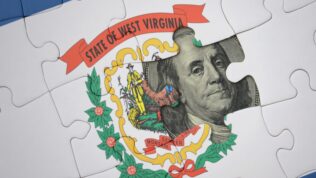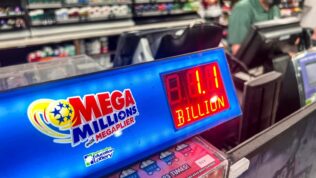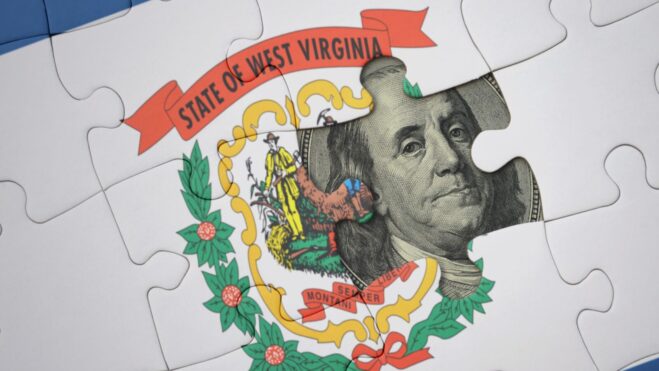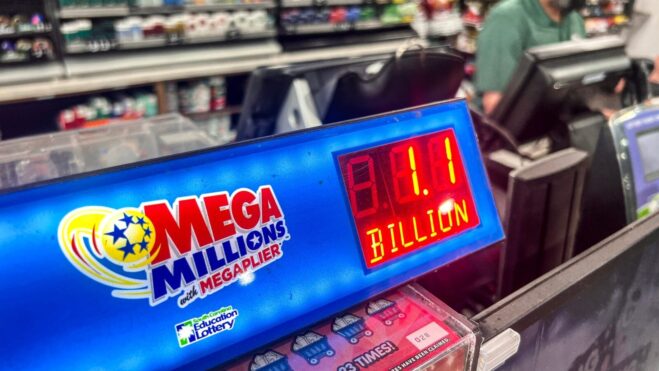Lotto.com CEO Metzger: ‘A Lot Of Bang For Your Buck’ With Mega Millions Price Change
Head of lottery courier company optimistic on eve of final $2 drawing
3 min

When Powerball raised its price point for a single ticket from $1 to $2 on Jan. 15, 2012, Thomas Metzger was the vice president of lottery development at Scientific Games. Some 13 years later, now the CEO of lottery courier company Lotto.com, Metzger still remembers clearly the reaction across the industry to Powerball’s bold move.
“When Powerball went from $1 to $2 in 2012, almost half of the state lotteries thought they were crazy,” Metzger told Lottery Geeks this week. “They said, ‘You’re going to lose so many customers. Lottery has to be $1. It’s always been $1. You can’t go to $2.’”
Of course, Powerball did go to $2. And it was successful enough that five years later, in 2017, Mega Millions followed suit. And now, eight years on from that, Mega Millions is the one taking the lead on a price increase. Effective this weekend, a single Mega Millions ticket will cost $5.
And you can count Metzger among those who believe it’s the right idea at the right time.
“I think the $5 price point is really a great thing,” Metzger said. “It will create additional excitement. You’ve seen lottery sales skyrocket when the jackpot goes from $20 million to $1 billion. Now, this is going to result in more billion-dollar jackpots and more record-setting jackpots, plus there’s a $10 million prize level that will help keep the excitement level up even during the middle of a long run without a jackpot.
“Ever since we first started hearing about this — I think this has been in the works for maybe two years now — we’ve been excited for it.”
No arbitrary decision
Metzger notes that there’s more to the change than just the extra three dollars that a ticket costs. After the final $2 draw on Friday night, when next Tuesday’s tickets go on sale this Saturday, Mega Millions is also automatically adding the Megaplier (which increases all non-jackpot prizes) to every ticket, bumping the starting jackpot level from $20 million to $50 million, and establishing a new minimum prize of $10 (double the buy-in) instead of $2 (a refund at the old price point).
“They’re definitely delivering player value for the $5,” he said. “It’s not just an arbitrary price change. They’re raising the minimum jackpot, they’re raising the minimum prize, they’re adding this big $10 million prize tier, and the jackpots are going to increase faster. So, I think you’re getting a lot of entertainment bang for your buck with this price change. It’s not just an arbitrary change.”
If indeed this price bump does generate excitement, that figures to translate to booming business both for brick-and-mortar sales establishments and for Lotto.com and other couriers, which take orders from customers online and then purchase the lottery tickets for them.
The general expectation is that, at $5 per ticket, fewer tickets will be purchased for the average Mega Millions drawing, but more money will be added to the pot each time. Metzger said that Lotto.com’s average Mega Millions customer orders three tickets at a time at the $2 price point (similar data is not available for retail), and he anticipates that number of tickets will remain consistent going forward. If so, that means the average spend on a Mega Millions order would increase to $15.
Again, he cites past price increases as part of his reason for bullish expectations.
“I think the best way to synthesize this is, if you look at what happened when Mega Millions changed from $1 to $2 in 2017, there was a 40 percent uplift in sales for Mega Millions in 2018,” Metzger said. “And if you look at Powerball, Powerball was even more pronounced when it went from $1 to $2 in 2012. The industry saw almost a 60 percent uplift in sales for Powerball that next fiscal year. I don’t see any reason to believe that the sales wouldn’t behave similarly from this price change.”
Will Powerball soon raise its price too?
To the average customer, the terms “Powerball” and “Mega Millions” are almost interchangeable these days. And a lot of that has had to do with their identical costs and often similar jackpots.
Metzger pointed out that part of the goal with cross-selling — having both draw games available in all the same states — was to capitalize on the likelihood that one of them would have a hefty jackpot at any given time.
In 2025, so far, that theory hasn’t exactly panned out. Mega Millions and Powerball were won on back-to-back days in January, resetting to $20 million jackpots simultaneously. And then it nearly happened again last week, with a Mega Millions winner hitting in Illinois last Tuesday, followed by a Powerball win in California on Saturday night.
When that happens, there’s little to differentiate the two games, other than which days of the week the draws take place, and how many draws there are per week (three for Powerball, two for Mega Millions).
Once the Mega Millions price changes, it will make the two games somewhat distinct, and also increase the likelihood that at least one of the two will have a massive, billion-dollar-or-more jackpot to advertise at any given point in time.
If this new $5 price point does prove successful, as Metzger expects, does that mean Powerball is likely to play the role of copycat this time, and also increase to $5, thus eliminating that distinction between the two games?
“The safest prediction I can make,” Metzger said, “is to base my prediction on historical facts. If it took five years for Mega Millions to copy Powerball last time, then, assuming this price increase works out well for Mega Millions, it will probably take less than five years for Powerball to copy Mega Millions this time.”










